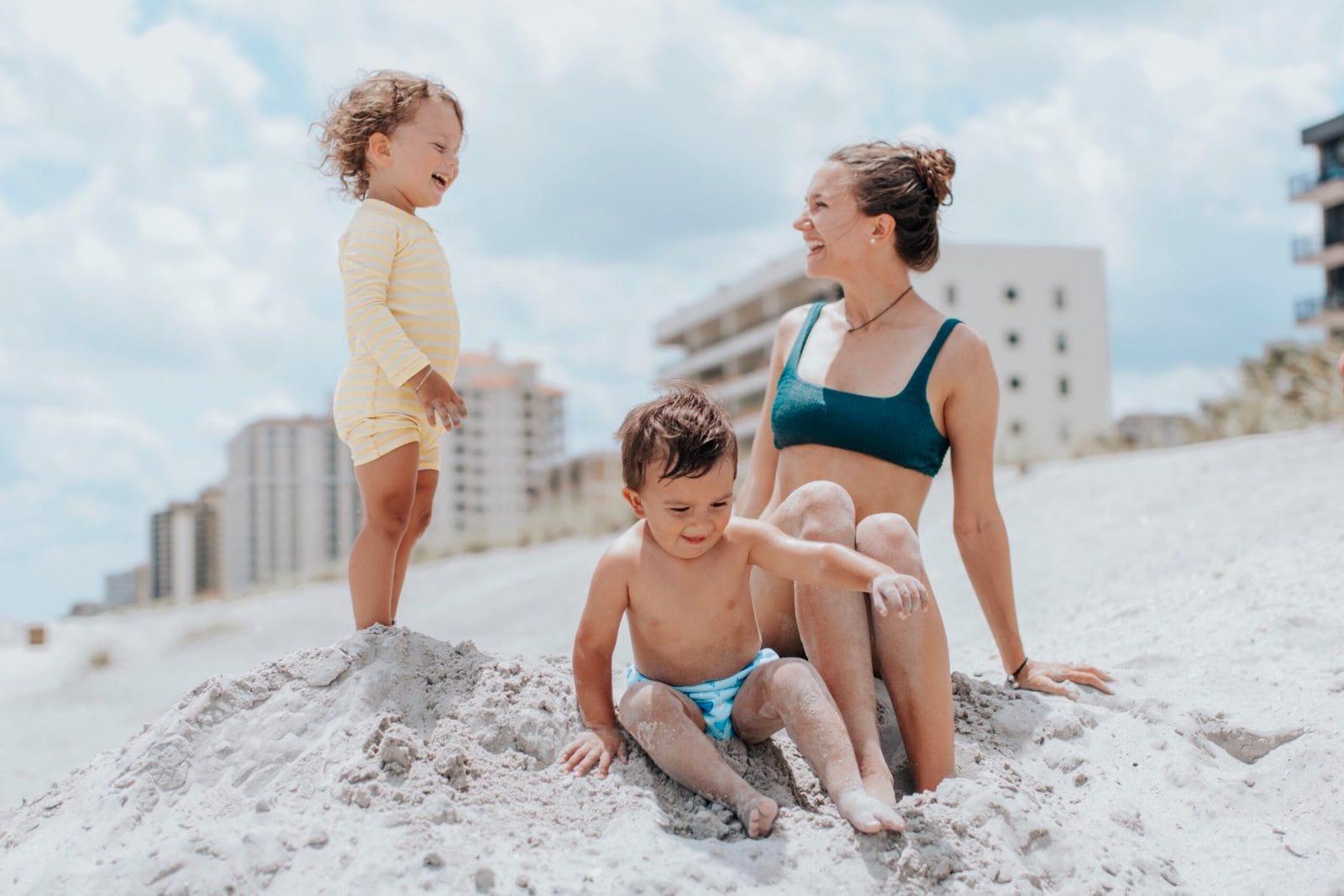5 tips for summer safety for kids

We're all ears.
Table of Contents
Summer is the best time of the year when you’re a kid (read: backyard camping fun, ice cream trucks and splashing at local swimming pools), but it can also be one of the most dangerous times, too. Of course, we have to allow children to have fun, but, in letting them be kids, it’s our job to keep them safe at all times.
Here are some tips that every parent should keep in mind to increase their kid’s safety this summer.
1. Always bring kids out of the car with you, even for a few minutes.
A common misconception is that cracking a window will help keep people in the car cool for just a few minutes, but that’s not the case. A child’s body overheats 3-5 times faster than an adult body, and 80% of the increase in the car’s temperature happens in the first 10 minutes. Temperatures inside cars can reach 125 degrees in just minutes, even with the window down. Always be aware that your car can be a heat-trap and that, inside the car, the temperature is substantially hotter than outside due to the greenhouse effect of the windows. Always bring kids out of the car with you, even if it’s just for a few minutes.
2. Have a system in place to remind you if a child is still in the car.
It’s so easy in the rush and busyness of our lives to inadvertently forget something and that includes a sleeping child in a car, especially a baby who can’t communicate. Most parents think they could never forget their child is in the backseat, but the majority of child vehicular heatstroke deaths were accidental–parents genuinely did not remember their child was in the car. Get in the habit of checking that all your children have left the car when you reach your destination. Make sure to have a system in place to avoid this kind of accident, such as car sensor app.
3. Prioritize water safety, even if you don’t have a pool. etc.
While this is scary to think about, every child near any body of water is at risk of drowning. Even if you don’t have a pool at home, begin swimming lessons as early as possible. The American Academy of Pediatrics suggests a 1-year-old can benefit from swim lessons. A few other tips? Do not let your child remove their life jacket, even if they are eating or planning to stay out of the water for a bit. Put your phone away for the day so you can remain focused on your child in the water. Above all, keep your child in your sight at all times. For more tips on water safety, check out this article.
4. Practice safety while entering and exiting cars.
It can be exciting to get to the next destination so kids might eagerly unbuckle and jump out, but be careful how and where your children exit cars on busy roads, especially on holiday weekends. A few tips? Use your child lock feature on the rear car doors to ensure you are the one to open the door on the safest side and at the right time. This also applies to parking lots and play areas, especially after long-distance journeys when children are restless and parents are tired.
5. Drink lots of water.
Dehydration affects most people, but it’s especially prevalent when traveling in a car for long distances or being on a plane. Plan your journey so you know where the service stations are and plan for everyone to drink enough water in advance of these stops, even if that means taking a few extra breaks along the way. Heatstroke can happen very quickly, so be mindful of the signs—goose bumps, irritability, fainting, dizziness or weakness. Be sure to pay attention to how much your child is drinking to avoid an emergency. Children should drink the number of 8 ounce cups of water equal to their age, with a maximum of 64 ounces of water for children over the age of 8. This amount does not include juice and other beverages consumed throughout the day.


































